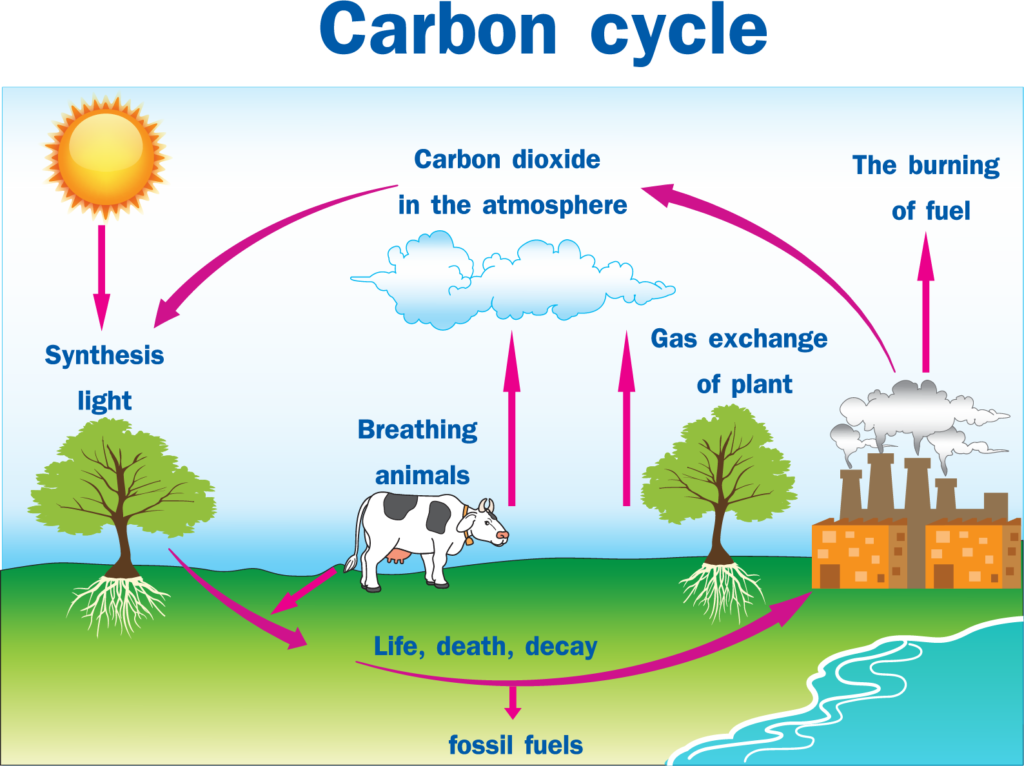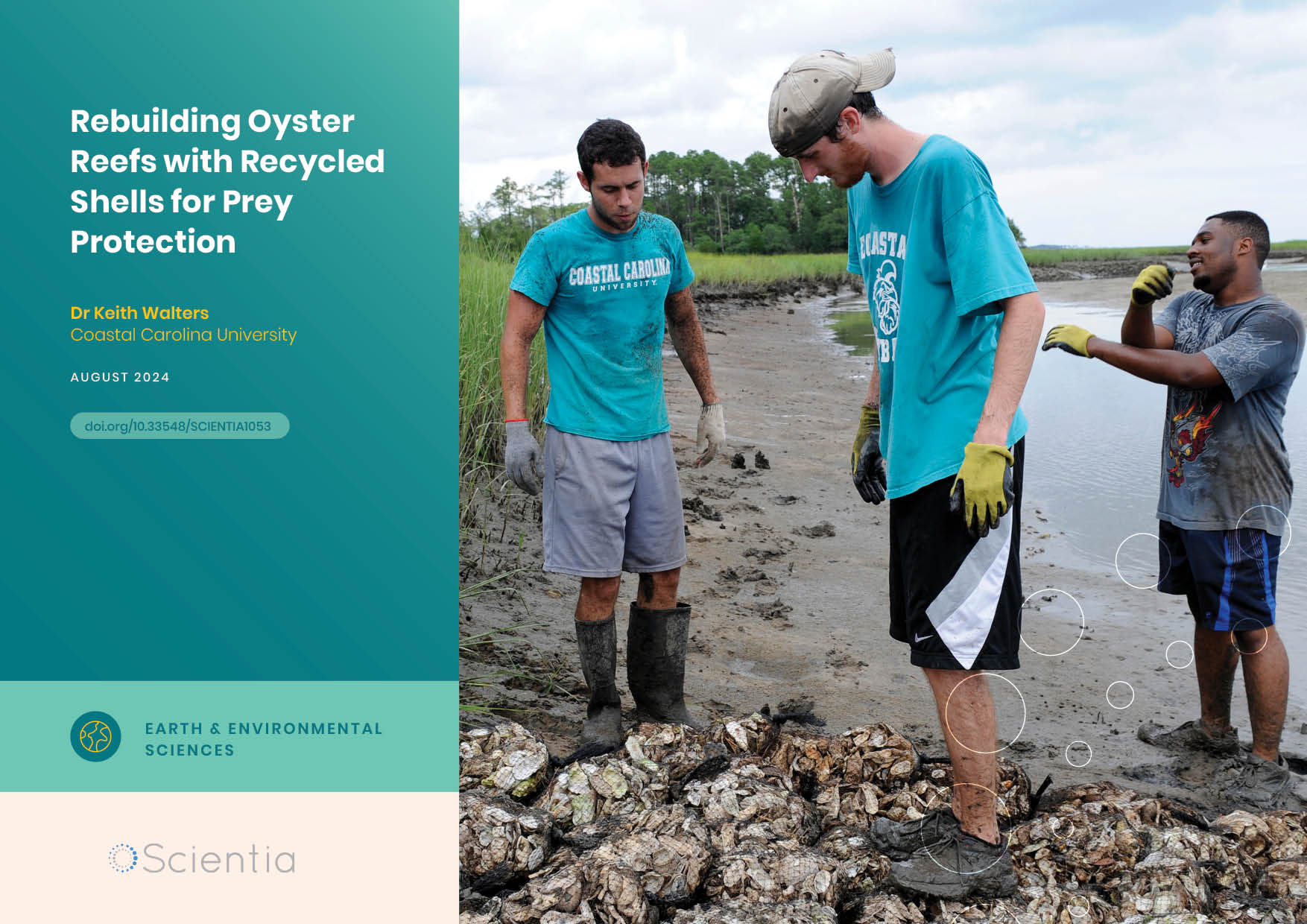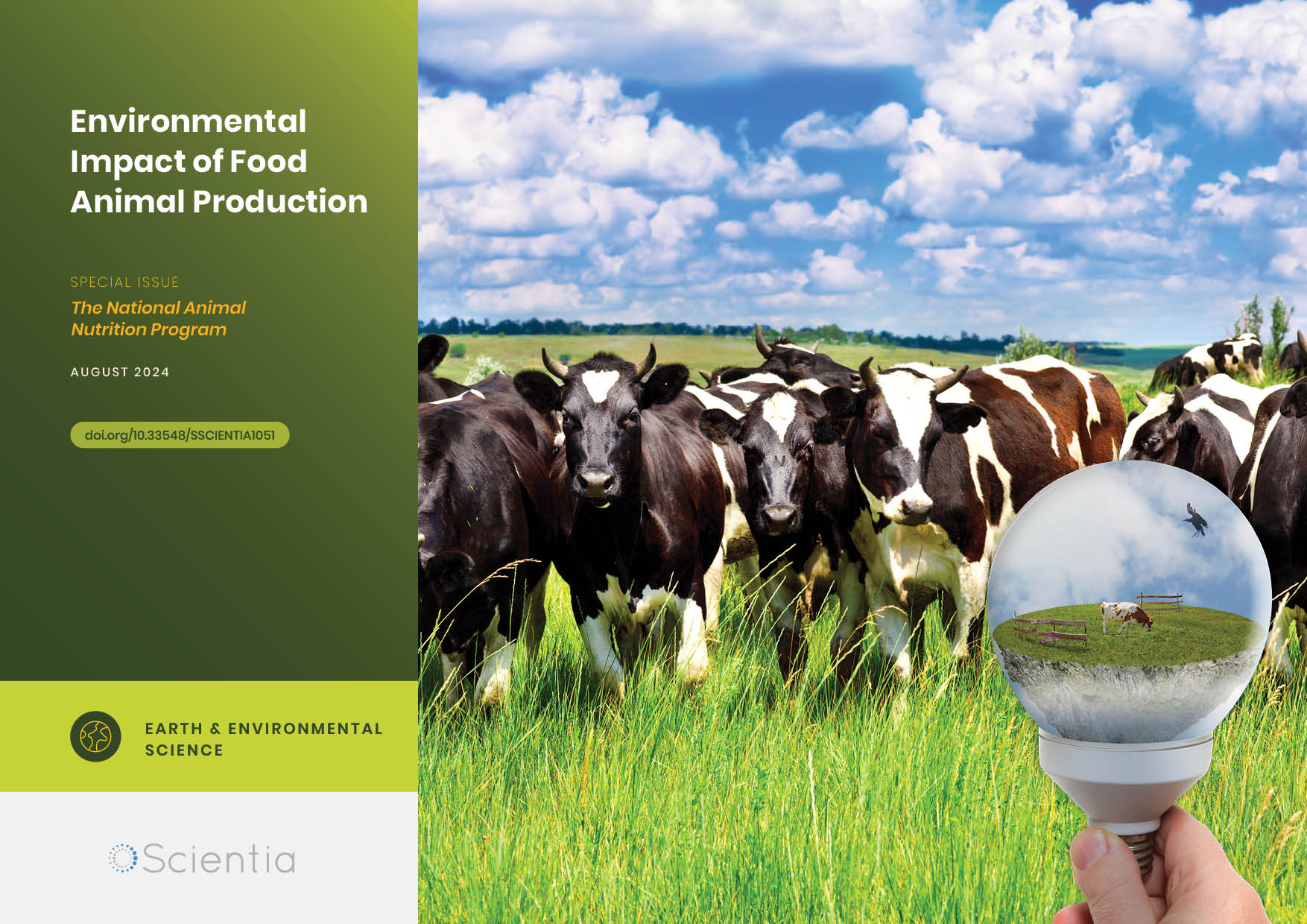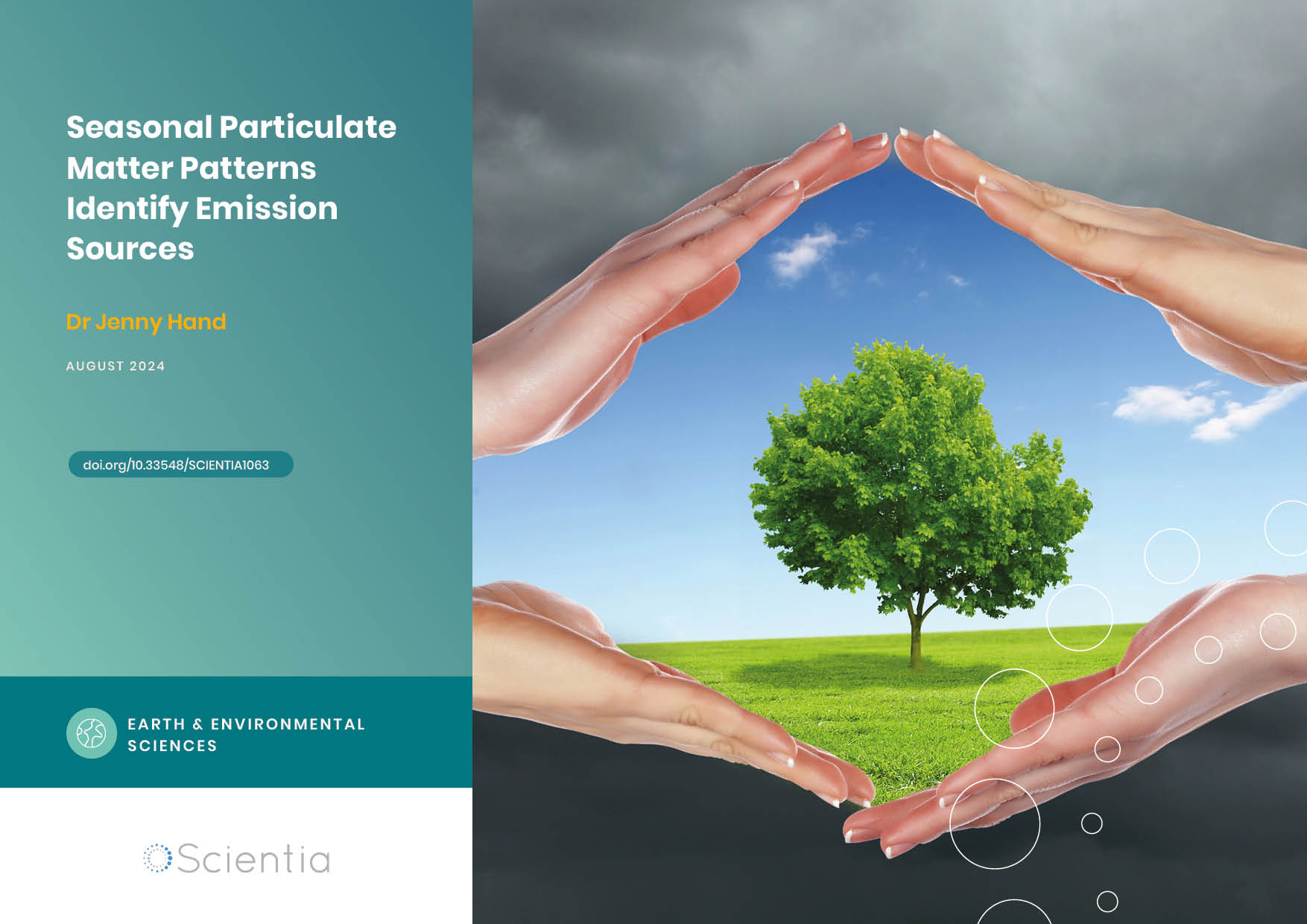The National Animal Nutrition Program | Advancing Sustainability in Animal Agriculture
Meat and dairy provide nutrients and proteins necessary for our survival, and remain key food sources in a rapidly growing global population. The National Animal Nutrition Program Summit Committee gathered global experts to share advancements in animal nutrition and sustainable farming to explore a range of topics related to sustainable agriculture, including emissions, feed sustainability, the nutritional benefits of animal products, laboratory-grown meat, and food security.
Gathering Animal Nutrition Leaders
The National Animal Nutrition Program (NANP) aims to advance research into animal nutrition by providing a forum in which scientists from a range of related fields can share findings. The NANP 2023 Summit organising committee gathered experts to share developments in animal nutrition and sustainable farming, such as livestock systems sustainability specialist Dr Sara Place from Colorado State University; global nutrition and food system scientist Dr Ty Beal from the Global Alliance for Improved Nutrition; livestock system air quality expert Dr Frank Mitloehner from UC Davis; tissue engineering specialist Dr David Kaplan from Tufts University; and Dr Melissa D Ho, senior vice president for Freshwater and Food at the World Wide Fund for Nature – US.
This diverse range of researchers works to tackle sustainable agriculture from environmental, social, and economic perspectives to provide practical solutions that work on an industrial scale. One key issue is the broad and complex nature of sustainability, which relates to human health, climate change, ethics, and nutrition. This can involve value judgements (assessments made in terms of a person’s standards or priorities).
Investors in food are currently driving much of the discussion into sustainable agriculture, and market pressure has led to many companies that market animal agriculture products, such as Nestle, Walmart, and Unilever, committing to net-zero greenhouse gas emissions within the next few decades.
Importance of Sustainable Agriculture
Animals are a historic part of our agricultural systems, and sustainable agriculture plays a key role in stewarding grasslands and savannahs. However, around 12–16% of global greenhouse gas (GHG) emissions come from animal agriculture, with enteric methane (a by-product of the natural digestive processes of ruminants such as cattle) accounting for around half of these emissions. Experts state that as GHG emissions drive climate change, we must drastically cut these to avoid further emissions-related damage to the planet.
The world’s population has quadrupled in the last hundred years and continues to grow, with the largest increases in the developing world. One of the largest challenges currently facing humanity is how to feed an estimated global population of 9.8 billion people by 2050 in a sustainable manner, given the planet’s finite resources and evolving climate. Innovative and practical solutions must be found to reduce emissions while providing the world’s population with sufficient nutrition.

Nutritional Benefits and Role of Animal-derived Foods
Animal-derived foods are an important source of essential macronutrients and micronutrients. It is estimated that one billion people worldwide do not consume enough protein, and 1.6 billion pre-school-aged children and women of reproductive age are deficient in one or more key vitamins and minerals, particularly in South Asia and Africa. Growing evidence also indicates that a lack of animal-derived food consumption may hinder child growth and development and negatively affect health and longevity in adults.
Meat and dairy provide higher levels of some nutrients potentially deficient in plant-derived foods, such as protein, omega-3 fatty acids, iron, zinc, choline, and vitamins B6, B12, A, and D. It can be difficult to obtain sufficient nutrients from a vegan diet, whereas dairy intake provides a range of developmental benefits for children and adolescents. Plant- and animal-derived foods also have complementary nutritional profiles, so a lack of either increases the risk of nutrient deficiencies or imbalances.
Incorporating Animal-derived Foods into Balanced Diets
Despite key health advantages, there are risks associated with the overconsumption of animal-derived foods. The evidence suggests that processed meat consumption should be limited, and intake of saturated fats and red meat should be moderated. For any meat, the preparation method influences the health outcomes of consumption, and processed meat often contains preservatives and a high sodium content. It is commonly prepared by frying or smoking, which introduces potential carcinogens. High intake of processed meat has been linked to increased risk of cardiovascular illnesses and some cancers.
High red meat consumption is also associated with illness and increased mortality, although these risks diminish or disappear when it is eaten in moderation within a varied diet. Dr Beal observed strong variations in meat intake across the world, and predicts that populations that consume low levels of animal-derived foods would benefit from increased consumption.


Advancements and Opportunities in Livestock Sustainability
There are various ways to permanently reduce methane emissions associated with animal farming. Dr Place investigates feed management and processing, genetic selection, improving animal health, converting food waste for use as feed, and capturing emissions in farms and converting these to useable energy sources. A key point about ruminants is that they have the capacity to produce more human-edible protein than they consume, providing net positive amounts for human consumption. Altering diet formulation, including the use of targeted feed additives, could significantly impact ruminant-related emissions.
Dr Place addresses sustainability in terms of environmental (natural resources, nutrient and biodiversity management, and pollution prevention), social (food production and access, community wellbeing, and diversity) and economic (viable livelihoods, prosperity, community development and research) factors, aiming to understand the trade-offs and synergies between these.
According to Dr Place, it will be necessary to adopt a broad approach to sustainability, not just focusing on methane but also other emissions and resources such as water. She stresses the importance of identifying functional and scalable solutions at the industrial level. Developers must also ensure that proposed solutions are financially viable and efficient, prompting a need for fast, simple monitoring, reporting, and verification.
Environmental Impact of Agriculture and Food Security
A small part of the planet’s agriculturally useable land can be purposed for crop growth, with the rest only appropriate for ruminant grazing. For this reason, Dr Mitloehner stresses that we cannot ignore meat and dairy as key nutritional sources to feed the world’s growing human population.
In the case of dairy production, the higher the production efficiency, the lower the emission intensity. Dr Mitloehner estimates that as much as 70–80% of GHG emissions from dairy farming stem from developing countries in regions such as Southeast Asia and Africa, where the highest future population increases are predicted. Improving farming efficiency in these regions could dramatically reduce global emissions per unit of food produced while ensuring food security.
Innovative Approaches to Enhancing Animal Agriculture
Dr Mitloehner found that improving animal health and nutrition, fertility, and genetics means animal-derived foods can be produced using fewer animals. The number of dairy cows in the USA has dropped dramatically in the last few decades, but the country produces more milk with a much lower carbon footprint. The USA also produces the same amount of beef as it did fifty years ago, with much fewer cattle.
The Californian government aims to reduce dairy farm methane emissions by 40% by 2030 using a voluntary and incentive-based approach focusing on efficiency, attrition, and methane avoidance, capture and utilisation. Farmers are paid for reducing methane emissions, and experts suggest that this method works better than penalising farmers who do not adhere to emission reduction targets.
Building dairy facilities such that methane can be captured allows farmers to contain the methane produced by livestock, which can then be purified, converted into natural gas, and sold. Feed additives, genetic approaches, vaccination, and manure additives could all play a role in future emission reductions.

Growing Meat in Laboratories
Dr Kaplan is one of an increasing number of researchers working on growing animal-derived foods in laboratories; in other words, animal farming without animals. Cellular agriculture involves sourcing cells from animals by biopsy and growing more of these to reach a large-scale cell population. Dr Kaplan and his team then use plant-based fibrous scaffolds as a base for growing meat substitutes.
There are now 200 companies worldwide working in cellular agriculture, with large manufacturers also investing in this idea. Two companies in the USA are in the process of having their products approved for public consumption, which has already occurred in Singapore.
One specific challenge is transitioning laboratory-based processes to an industrial scale while providing products similar to animal-derived meat regarding food safety, taste, quality, and cost (the proteins currently used to stimulate tissue growth are costly). Dr Kaplan investigates avenues such as using insect rather than animal cells, and growing muscle cells along long edible fibres, which can be knitted and weaved together to form a 3-D texture similar to that of meat.
One advantage of creating meat from the cellular level is that researchers can decide its exact content, potentially providing personalised nutrition and healthier foods more directly than would be possible using animal-based agriculture. Dr Kaplan suggests that scientists can then add supplements, adjust nutrient and fatty acid profiles to affect health outcomes, and even engineer foods for people with specific diseases.
Importance of Sustainable Feed
Animal feed significantly impacts livestock-associated emissions and is responsible for up to 65% of land-use change, affecting the global climate, freshwater consumption, and biodiversity loss. Dr Ho highlights various risks to the livestock feed supply chain linked to climate change, such as floods, droughts, and wildfires, which can further manifest as disease, infestations, and problems with water quality and management. Researchers aim to develop sustainable and resilient feed and grazing systems that address climate adaptation to minimise these risks.
Dr Ho stresses that more systematic analysis is required to determine which innovations could work best in specific geographies and identify and remove barriers to widespread adoption. Halting the conversion of forests, grasslands, and wetlands into croplands would significantly lower the emission footprint of farming. Emission reductions related to energy use, nutrient and manure management, and enteric fermentation could be combined with soil carbon sequestration (a process in which carbon is removed from the atmosphere and stored) technologies to lower total emissions.
It is also crucial to understand feed material sourcing and evaluate the sources of GHG emissions. Dr Ho states that sustainable approaches to animal nutrition should/could involve a variety of solutions (either singly or combined), including responsible sourcing (understanding exactly where the feed footprint comes from and committing to no negative impacts), regenerative agriculture practices (underlying soil protection and improvement), circularity (upcycling/recycling waste streams into feed options) and/or investigating novel ingredients, feeds or processes designed to lower emissions and/or minimise resource inputs for maximal outputs. One potential and promising innovation is the use of seaweed feed additives and ingredients, which could cut enteric methane emissions by ruminants in half and positively impact health and productivity in other livestock, poultry, and aquaculture species.
The Future of Animal Agriculture
Ensuring the consumption of appropriate quantities of animal-derived foods is key to addressing global malnutrition and feeding a rapidly growing world population. This must be balanced with environmental, social, and economic sustainability goals. The findings of experts invited to the NANP Summit indicate that agriculture-associated GHG emissions must be reduced to mitigate the negative effects of agriculture on the planet. The NANP continues to help unite researchers working from a range of perspectives to ensure that animal-derived foods can contribute to sustainably feeding the global population.
SHARE
DOWNLOAD E-BOOK
REFERENCE
https://doi.org/10.33548/SCIENTIA1050
MEET THE SUMMIT ORGANIZING COMMITTEE





The National Animal Nutrition Program
USA
The National Animal Nutrition Program (NANP) was established in 2010 as a forum for identifying high-priority issues related to animal nutrition. The program is supported by the Experiment Station Committee on Organization and Policy, the State Agricultural Experiment Stations, and Hatch Funds provided by the National Institute of Food and Agriculture in the US Department of Agriculture. Dr Phillip Miller (Kermit Wagner Distinguished Professor in Animal Science at the University of Nebraska-Lincoln and NANP Chair) and Dr Donald Beitz (Distinguished Professor at Iowa State University and 2023 Summit Chair) work with their NANP committee colleagues to provide an integrated, systemic approach to collecting, sharing, and disseminating science-based information to foster high-priority agricultural studies and identify gaps in both industry and research. The NANP committee organised three summits over the last ten years, allowing a wide range of animal nutrition experts to share their findings and address key challenges faced by the modern agricultural industry, with a particular focus on domestic agricultural species such as beef cattle, dairy cattle, swine, and poultry. For more information, please see https://animalnutrition.org/summits.
COMMITTEE MEMBERS
Phil S Miller, University of Nebraska
Donald C Beitz*, Iowa State University
Joel S Caton, North Dakota State University
Gary Cromwell, University of Kentucky
Ryan N Dilger, University of Illinois
Delbert M Gatlin III*, Texas A&M University
Arthur L Goetsch, Langston University
Nancy A Irlbeck*, Washington State University
Merlin Lindemann, University of Kentucky
Heidi A Rossow, University of California
Brian C Small, University of Idaho
Luis O Tedeschi*, Texas A&M University
Carey A Williams*, Rutgers, The State University of New Jersey
*Summit organising committee members
SPEAKERS
Dr Sara Place, Colorado State University
Dr Ty Beal, Global Alliance for Improved Nutrition
Dr Frank Mitloehner, University of California-Davis
Dr David Kaplan, Tufts University
Dr Melissa D Ho, Freshwater and Food at the World Wide Fund for Nature
CONTACT
W: https://animalnutrition.org/
FUNDING
Sponsored by agInnovation (State Agricultural Experiment Stations), Hatch Funds provided by the National Institute of Food and Agriculture (NIFA) of the United States Department of Agriculture (USDA), and TechMix (Stewart, Minnesota).
FURTHER READING
Beal T, et al., The Journal of Nutrition, 2023, 153(2), 409–425. DOI: 10.1016/j.tjnut.2022.10.016
Beal T, et al., Frontiers in Nutrition, 2022, 9, 806566. DOI: 10.3389/fnut.2022.806566
Beck MR, et al., Frontiers in Sustainable Food Systems, 2023, 7, 1209541. DOI: 10.3389/fsufs.2023.1209541
Clark MA, et al., Science, 2020, 370, 705–708. DOI: 10.1126/science.aba7357
del Prado A, et al., Animal, 2023, 17(5), 100790. DOI: 10.1016/j.animal.2023.100790
McCabe CJ, et al., CABI Reviews, 2023, 18, 1. DOI: 10.1079/cabireviews.2023.0015
Pelton REO, et al., Environmental Research Letters, 2021, 16, 115002. DOI: 10.1088/1748-9326/ac2775
Place SE, et al., Journal of Dairy Science, 2022, 105(10), 8558–8568. DOI: 10.3168/jds.2021-21413
Post MJ, et al., Nature Food, 2020, 1, 403–415. DOI: 10.1038/s43016-020-0112-z
Pressman EM, et al., Frontiers in Sustainable Food Systems, 2023, 6, 1072805. DOI: 10.3389/fsufs.2022.1072805
Roe S, et al., Nature Climate Change, 2019, 9, 817–828. DOI: 10.1038/s41558-019-0591-9
Rubio NR, et al., Nature Communications, 2020, 11, 6276. DOI: 10.1038/s41467-020-20061-y
Stevens GA, et al., Lancet Global Health, 2022, 10, e1590–99. DOI: 10.1016/S2214-109X(22)00367-9
Stout AJ, et al., Metabolic Engineering, 2020, 62, 126–137. DOI: 10.1016/j.ymben.2020.07.011
Yuen JSK Jr, et al., Biomaterials, 2022, 280, 121273. DOI: 10.1016/j.biomaterials.2021.121273

REPUBLISH OUR ARTICLES
We encourage all formats of sharing and republishing of our articles. Whether you want to host on your website, publication or blog, we welcome this. Find out more
Creative Commons Licence (CC BY 4.0)
This work is licensed under a Creative Commons Attribution 4.0 International License. 
What does this mean?
Share: You can copy and redistribute the material in any medium or format
Adapt: You can change, and build upon the material for any purpose, even commercially.
Credit: You must give appropriate credit, provide a link to the license, and indicate if changes were made.
SUBSCRIBE NOW
Follow Us
MORE ARTICLES YOU MAY LIKE
Dr Keith Walters | Rebuilding Oyster Reefs with Recycled Shells for Prey Protection
The worldwide loss of coastal oyster reefs negatively affects many organisms that rely on reefs for refuge from predators. Dr Keith Walters and his team at Coastal Carolina University created a series of reefs along the northern South Carolina shoreline using recycled oyster shells from local restaurants. Their investigations of differences in physical characteristics and predator-prey dynamics on newly created and existing natural reefs document that within a year, reef restoration provided a functional habitat for reef-reliant species, quickly reestablishing a key oyster reef ecosystem service.
The National Animal Nutrition Program | Environmental Impact of Food Animal Production
Animal food products are a vital component of the global diet, and the question of how to sustainably provide meat, milk, eggs, and fibre to an increasing world population has become a hot topic. Animal agriculture can impact the environment through pollution, greenhouse gas emissions, and the intensive use of resources such as energy and water. The National Animal Nutrition Program (NANP) Summit Committee gathered experts to share advancements in the sustainable farming of various animals used in food production and to explore the impact of climate change and the sustainability of animal agriculture.
Dr William Robertson | On-site Septic Systems: The Sustainable Removal of Excess Nutrients
Sewage is usually treated in large, centralised facilities or local on-site septic systems. The latter can involve lower costs and energy requirements, although we must ensure that on-site options such as septic systems do not negatively impact the surrounding ecosystem. Dr William Robertson from the University of Waterloo, Canada, investigates the removal of polluting nutrients from wastewater before it is released into the environment. He has shown that a conventional septic system can provide long-term and sustainable contaminant removal from wastewater.
Dr Jenny Hand | Seasonal Particulate Matter Patterns Identify Emission Sources
Particulate matter in the atmosphere affects air quality, which can impact visibility, our health, and the climate. Since amendments to the 1990 Clean Air Act in the United States, decreases in particulates derived from anthropogenic emissions have been achieved. Dr Jenny Hand from the Cooperative Institute for Research in the Atmosphere has utilised a monitoring network across the United States to define seasonal and regional trends in atmospheric particulate matter from 2000 through 2021, identify their sources, and critically, make recommendations for future target emission reductions.





